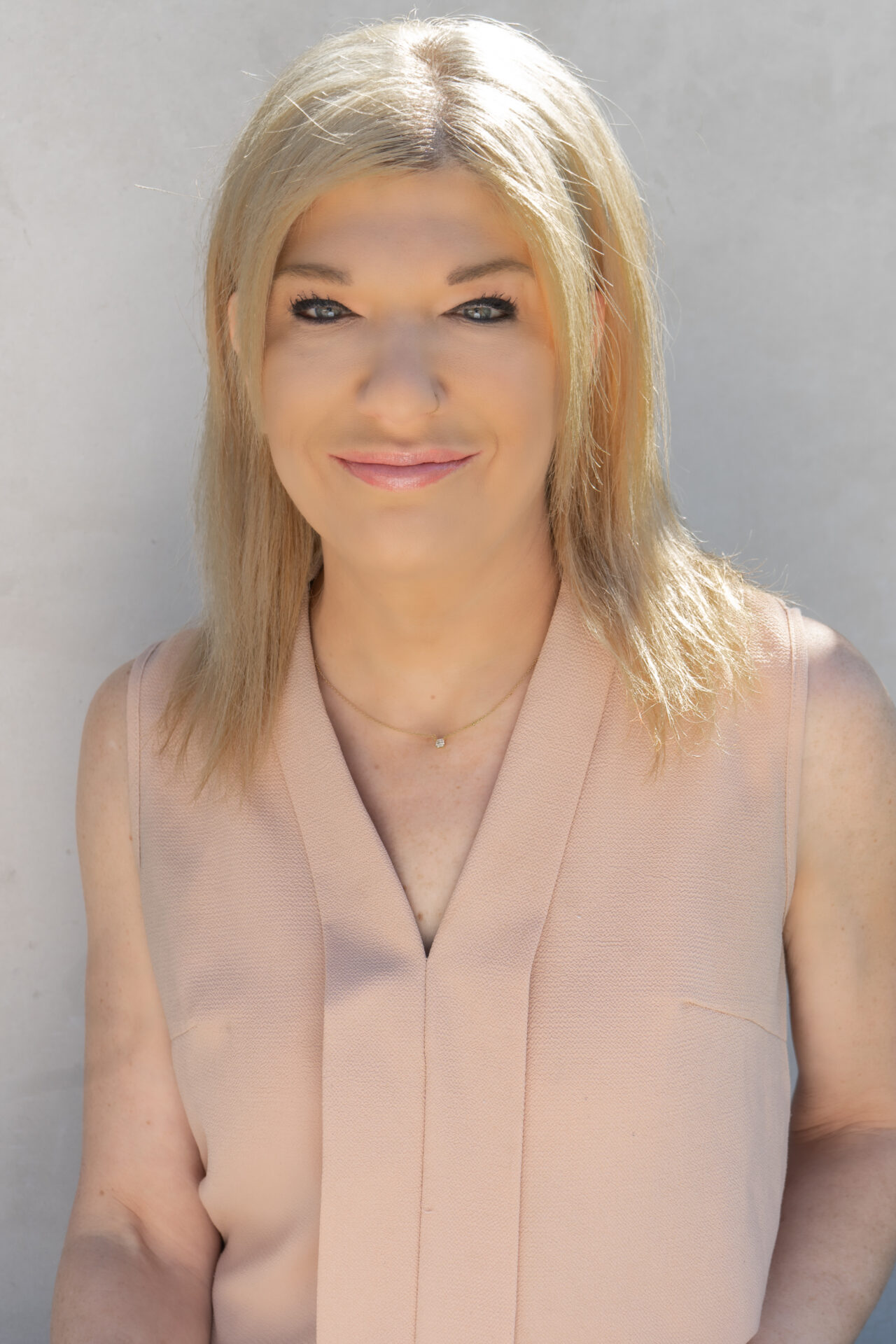The Dangers of Alcohol Abuse and Recovery Options
There’s nothing wrong with having a few drinks after work with friends or sipping on a mimosa with brunch. However, for those struggling, a substance abuse and addiction guide can help identify when drinking becomes problematic. When you find yourself drinking every day, and you suddenly realize you can’t control your need for alcohol, it’s a real problem, with disastrous health consequences.
Doctors call Alcoholism, “Alcohol Use Disorder” (AUD), and it’s a severe addiction that’s very hard for millions of people to beat. If you’re one of the 10+ million Americans dealing with AUD, it’s time to get your life back on track and kick your dependence on alcohol for good.
While a quiet drink with friends might seem innocent, the dangers of alcohol manifest when you overdo it, especially for extended periods.
Understanding Alcoholism – What is Alcohol Use Disorder?
What is alcohol abuse exactly? Around 62% of Americans drink alcoholic beverages, but only 10% of Americans ever develop AUD, so why are some people addicts while others don’t have a problem including it in their lives?
The best way to describe Alcohol Use Disorder is as an impairment to your ability to control your drinking, even though you understand there are severe health consequences waiting for you down the road if you continue your behavior.
AUD affects people differently, and doctors classify the disorder as either mild or severe, depending on its effects on their patient. The effects of alcohol on the brain are well known in medical circles. AUD changes the neural pathways in the brain, effectively rewiring the way you think and behave, and how you perceive the world and function in society. Most of the time you won’t even notice these changes until it’s too late and you’re lost deep in addiction.
Is Alcoholism Really a Disease?
Yes, it is. The National Institute on Alcohol Abuse and Alcoholism funds around 90% of the research into AUD, and this organization believes AUD is a “chronic” disease, with no cure. That means the addict will continue to drink; despite realizing the negative effect it’s having on their life, health, and relationships. AUD follows a specific course of pathology in the human body and mind and the addict relies on alcohol as much as they do food and water, to survive.
Is There a Difference Between Severe and Mild AUD?
The alcohol abuse symptoms experienced by people with AUD lie on a spectrum, ranging from mild to severe. The DSM-5 guidelines for AUD classify the extent of the addict’s problem based on how many symptoms they experience in a 12-month span.
If you have mild AUD, you might experience two or three of the officially recognized symptoms, while severe addiction leads to you enduring six or more. We can agree that mild alcoholism isn’t especially dangerous to your health, but it’s setting you up on the path to progress your disease and move into the more severe end of the spectrum. The only way to stop the problem escalating is to get yourself into a recovery program before things get out of hand.
What are the Signs of AUD?
Alcohol abuse symptoms associated with AUD are mild at first as your disease begins to grow in your body and mind. It’s a subtle progression of symptoms that many alcoholics don’t realize at first, and only become aware of the real health risk when they’re further along the spectrum.
AUD infiltrates every aspect of your life. It impacts your relationships, your work, and your downtime. Our complete guide to substance abuse provides deeper insights into understanding and addressing this struggle. You might end up in arguments with the people you love, pushing them away from you. If you start drinking at work on the sly, you could end up losing your job and ruining your reputation with employers in the job market.
Behavioral Signs Indicating AUD
The behavioral symptoms associated with AUD are an outward manifestation of your inner turmoil. Some of the behavioral changes include drinking for longer than you expected or drinking more than you intended.
You might eventually try to stop drinking, only to experience severe withdrawal and a return to using booze as a crutch to maintain some level of quality in your life. Eventually, your need to drink eclipses everything in your life, and you end up valuing alcohol more than food.
You’ll neglect your responsibilities, and your friends and family will eventually notice. They may confront you about it, or they might be too afraid or uncomfortable with pointing out your behavior to you.
Physical Signs of Alcohol Abuse
- Alcohol-induced fatty liver disease that eventually progresses into liver cirrhosis, and liver failure.
- Gut and stomach problems, like ulcers that cause you to vomit in the morning.
- Cardiovascular issues like arrhythmias, hypertension (elevated blood pressure), and cardiomyopathy (heart attack).
- Issues with your kidneys and blood, like anemia.
- Nervous system conditions, like peripheral neuropathy and Wernicke’s encephalopathy, which may lead to lasting brain damage.
- Damage to the hormonal system and how your brain and gut produce neurotransmitters like dopamine and serotonin.
- Shaking and sweating when you haven’t had a drink.
- Sexual dysfunction and bad changes to menstrual cycles.
- Weakened or compromised immune function making you more predisposed to infection and disease.
Unpacking Risk Factors for AUD
What makes people slide into alcoholism? It’s a variety of factors coming together to ignite a conflagration that sparks the onset of the disease. Genetics, environment, and societal pressures raise your vulnerability to AUD. Drinking at an early age, such as in your early teens can position you for a battle with AUD as you mature, laying the foundation for severe alcoholism later in life.
Genetic Risk Factors
Doctors and psychologists have some consensus on genetics playing a role in AUD, with this factor contributing to around 50% to 60% of the risk of you developing the disorder. Genetic risk means that one of your parents, or both, struggle with AUD themselves, and they pass these genes down to you. Changes in your genetics, such as your ability to metabolize alcohol increase your risk for developing AUD.
Epigenetic modifications to your genetic makeup discovered in the Collaborative Studies on Genetics of Alcoholism (funded by the NIAAA), further identify the genes linked to the development and progression of AUD serve as a benchmark for individual interventions.
Social and Environmental Risk Factors
We’re all products of our environment. The social interactions we have every day, and our exposure to environmental influences like ads and social media shape our perception of alcohol use, painting it as a normal part of social interactions.
Cultural norms and beliefs affect drinking behavior among racial and ethnic groups. Family dynamics and your friends or colleagues are powerful forces in shaping your opinion of alcohol use and set the course for developing your future drinking habits.
Economic stressors such as unemployment and poverty may spur you into using alcohol as a coping strategy, increasing your risk of developing AUD.
How Do Doctors Diagnose AUD?
The diagnosis and treatment of alcohol abuse involves a medical doctor applying the Diagnostic and Statistical Manual criteria outlined for identifying behavioral, physical, and psychological symptoms and signs of AUD, using screening tools to uncover more information about the extent and severity of the patient’s disease.
AUD is now diagnosed as mild, moderate, or severe based on the number of symptoms and the severity of these issues during a 12-month period. Diagnosis criteria range from experiencing severe alcohol cravings, an inability to control your drinking and the continued use of alcohol despite realizing that it’s affecting your health and relationships, lowering your quality of life.
Each criterion represents an aspect of the disorder; together, the criteria provide a comprehensive profile of your experience with alcohol. Clinicians use this diagnostic lens to formulate treatment plans geared to your specific situation, putting you firmly on the path to recovery.
Understanding Medically Supported Alcohol Detox
Alcohol withdrawal symptoms are severe. If you have severe AUD and decide to quit drinking, you could end up experiencing a seizure that puts you in a coma or damages your brain function.
Alcohol withdrawal treatments at inpatient programs involve a medically managed detox process combining medications, behavioral therapies, and support groups, with each component playing a big role in making a lasting recovery.
Medically managed detox is the first step in your alcohol abuse treatment, providing pharmacological interventions with FDA-approved medications to target different facets of AUD and how it impacts your unique physiology and mental health.
Here are some of the medications doctors prescribe in rehab detox programs to alleviate the pain and physical damage caused by withdrawal.
Naltrexone – This drug takes away the pleasure you get from drinking, decreasing your urge to drink. You just stop thinking about it as much, and you find yourself skipping drinking when you would otherwise be lost in the bottle.
Gabapentin – This drug isn’t approved by the FDA for treatment of AUD. But using it off-label to treat AUD helps you manage your addiction, lessening your desire to drink.
Baclofen – Another off-label medication providing similar effects to the others mentioned above.
How Do Therapy and Support Groups Help a Person with Alcohol Use Disorder?
Alcohol addiction treatment relies on more than medication to help you detox. Behavioral therapies form the base of your treatment, rewiring your mind to understand you don’t need alcohol to enjoy life and survive. Therapy helps you unpack the emotional triggers that cause you to drink, helping you understand your patterns of behavior that led to you starting on the path to alcoholism.
Cognitive-behavioral therapy, somatic trauma therapy, and dialectical behavior therapy are a few of the effective strategies used at Carrara to guide you through your recovery until you experience the breakthrough you need to change your life and experience a long-lasting recovery.
Support groups are a vital part of your after-care plan, and your meetings will encourage you to continue your commitment to staying sober. You’ll understand the impact of alcoholism on your own life when you can frame it using another person’s experience with battling AUD.
Get the Help You Need at Carrara Luxury Alcohol Rehab Centers
It’s time to put the bottle down and enter alcohol treatment at Carrara. Our three locations in southern California bring you luxury facilities and amenities while you recover from AUD. Call our admissions team at (323) 302-8170 or email us at [email protected] for more information on our AUD recovery program.
Britney Elyse has over 15 years experience in mental health and addiction treatment. Britney completed her undergraduate work at San Francisco State University and her M.A. in Clinical Psychology at Antioch University. Britney worked in the music industry for several years prior to discovering her calling as a therapist. Britney’s background in music management, gave her first hand experience working with musicians impacted by addiction. Britney specializes in treating trauma using Somatic Experiencing and evidence based practices. Britney’s work begins with forming a strong therapeutic alliance to gain trust and promote change. Britney has given many presentations on somatic therapy in the treatment setting to increase awareness and decrease the stigma of mental health issues. A few years ago, Britney moved into the role of Clinical Director and found her passion in supervising the clinical team. Britney’s unique approach to client care, allows us to access and heal, our most severe cases with compassion and love. Prior to join the Carrara team, Britney was the Clinical Director of a premier luxury treatment facility with 6 residential houses and an outpatient program




